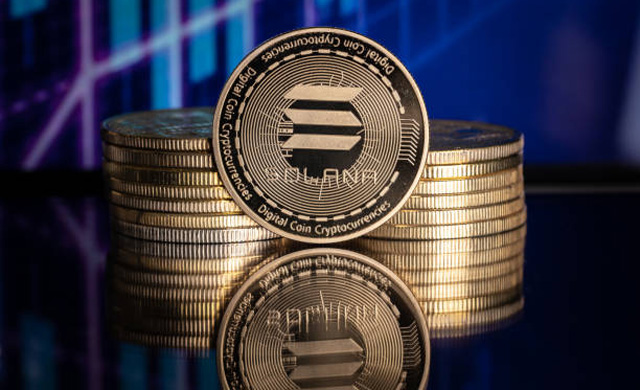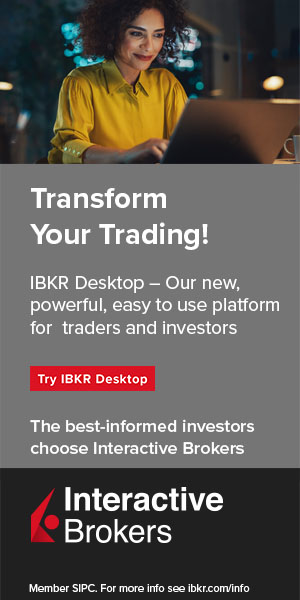In the ever-evolving world of crypto, new blockchains pop up all the time. While many focus on solving specific problems, Solana stands out as a foundational layer-1 blockchain designed for raw power. Launched in 2020, it quietly built a reputation for blazing-fast transactions and low fees, becoming a haven for users priced out of Ethereum’s congested network. By August 2021, Solana had rocketed to the top 5 cryptocurrencies, proving its unique value proposition. Let’s delve deeper into this high-performance blockchain and explore what sets it apart.

Solana: Fast and Affordable
Solana isn’t your average blockchain. Built for breakneck speed and minimal fees, it caters to decentralized applications (dApps) and cryptocurrencies. Their secret sauce? Proof of History (PoH), a unique invention by Solana Labs, working alongside Delegated Proof of Stake (DPoS). This combo tackles scalability without sacrificing security.
Solana boasts a theoretical transaction speed of 710,000 per second, dwarfing most competitors. While real-world figures are lower, they still outpace the pack at a fraction of the cost. This efficiency fuels a thriving ecosystem of micro-transactions, evident in the high volume of small transfers compared to Ethereum.
Solana isn’t just fast, it’s accessible. Low fees empower users to participate in the network without breaking the bank, paving the way for a more inclusive blockchain future.
Consensus and Staking
Under the delegated proof of stake (DPoS) consensus mechanism, SOL can be staked by validators and delegators. Validators operate high-performance physical infrastructure, while delegators assign their stakes to validators. Validators typically utilize machines with 512 GB of memory and a 16-core CPU to handle the transaction volume efficiently.
Following a leader schedule, a single validator processes each block, which is then voted on by others. The leader manages message sequencing and computes the chain’s new state. Through leadership rotation, the network ensures decentralization and security. Votes are weighted by validators’ stakes, with a supermajority needed for block confirmation, ensuring finality and preventing forks.
Validators and delegators receive steady block rewards once per epoch (approximately every 2 to 3 days). Inflation currently stands at around 5%, tapering to 1.5% a decade after the chain’s inception.
The lead validator of each block receives half of the transaction fees, while the other half is burned, contributing to a deflationary impact on SOL. Transaction signing costs a mere 0.000005 SOL, a mandatory fee applicable to all transactions, including those for voting by validators. Unlike Ethereum, Solana blocks are typically not at capacity, historically keeping the SOL burn rate low.
However, recent demand for block inclusion and ecosystem upgrades has introduced complexity to the transaction fee model. The compute budget program empowers users to adjust the compute units of their transactions, reflecting computational complexity akin to gas on EVM blockchains. Users can set higher prices per compute unit and raise compute unit limits for resource-intensive transactions.
Votes and Transactions
Solana’s impressive throughput and large block size have led to a considerable chain size, totaling over 150 TB. However, due to this size, Solana nodes are unable to maintain the full history back to chain genesis, opting to prune data after two epochs (approximately 4 days). Historical data is stored in centralized BigTable instances managed by the Solana Foundation or professional RPC providers.
Additionally, the inclusion of validator vote transactions within blocks contributes to the overall size of the Solana blockchain. Unlike other blockchains that typically segregate consensus operations, Solana integrates validator votes alongside user transactions within blocks. This integration can sometimes obscure transaction throughput metrics, as many other blockchains don’t include consensus operations in their block executions. For instance, Ethereum separates consensus into a distinct layer, while other ecosystems often feature dedicated chains specifically for validator consensus actions.
Solana’s Balancing Act: Speed vs. Decentralization
Solana’s impressive speed comes with some trade-offs. As non-voting transactions surge, voting participation dips. While validators can bundle votes to save costs, some resort to riskier tactics like delayed voting to inflate their rewards, potentially jeopardizing network stability.
Similar to other blockchains, Solana faces the challenge of MEV (Miner Extractable Value). During periods of high demand, users can outbid each other to prioritize their transactions, leaving less room for “normal” users. This can lead to failed transactions and frustration, especially for those unfamiliar with the bidding system.
Beyond Unique Addresses: Counting Users on Solana
Solana’s account system differs from other blockchains. Unlike storing data in individual smart contracts, Solana relies on program-derived accounts (PDAs) co-owned by users and programs. This unique setup means the “unique addresses” metric often used for other chains is misleading on Solana. To get a better grasp of active users, we can focus on identifying externally-owned accounts (EOAs) which function as user wallets.
Solana: A Breeding Ground for Innovation
Despite occasional hiccups, Solana’s blazing speed and developer-friendly environment have attracted a diverse flock of projects. From DeFi and NFTs to memecoins and mobile-powered solutions, Solana boasts a vibrant ecosystem constantly evolving through month-long hackathons. It even leads the pack in unique areas like memecoin trading and decentralized physical infrastructure networks.
Solana’s built-in token minting library offers flexibility, allowing creation of both regular and non-fungible tokens. Recent upgrades add features like confidential transfers and soulbound tokens, a new type of badge unique to specific addresses. Interestingly, a surge in token transfers compared to SOL transfers suggests a difference in user behavior. Seasoned Solana users might favor SOL for trades, while newer memecoin enthusiasts might stick to familiar stablecoins.
Learn from market wizards: Books to take your trading to the next level.


 Hot Features
Hot Features













